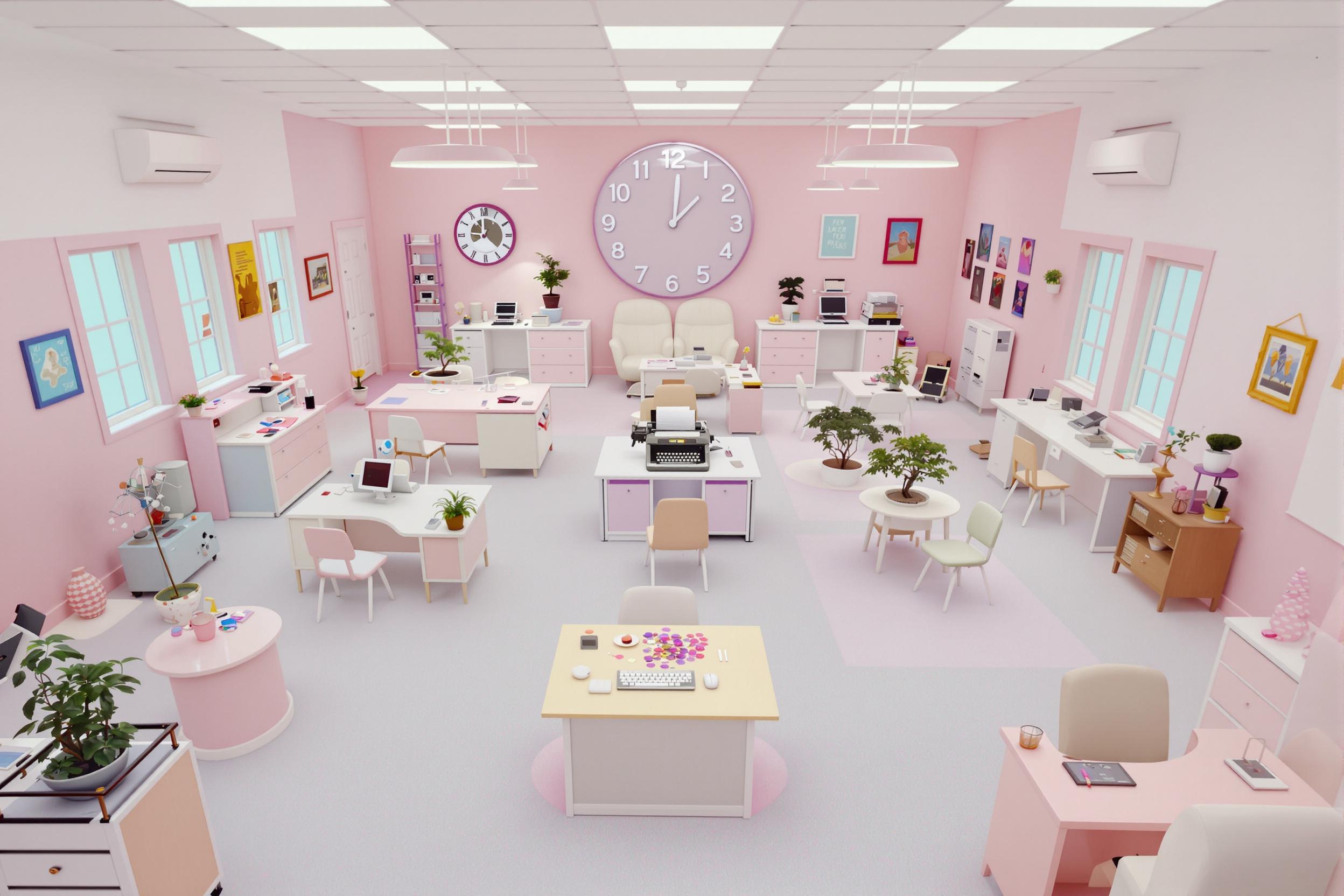
Trompe l'oeil
Trompe l'oeil is a painting technique that creates realistic optical illusions, making flat surfaces appear three-dimensional. In scenic painting and design, it's used to create realistic architectural features, textures, and objects on stage sets, murals, and interior designs. The term is French for "deceive the eye." This skill is highly valued in theater, film, TV production, and architectural decoration because it can create expensive-looking features (like marble columns or ornate moldings) at a fraction of the cost of real materials.
Examples in Resumes
Created Trompe l'oeil marble effects for main lobby of regional theater production
Specialized in Trompe l'oeil architectural elements for high-end residential projects
Led team of painters in large-scale Trompe l'oeil backdrop creation for opera production
Typical job title: "Scenic Artists"
Also try searching for:
Where to Find Scenic Artists
Professional Organizations
Online Communities
Job Resources
Example Interview Questions
Senior Level Questions
Q: How would you approach a large-scale trompe l'oeil project with a tight deadline?
Expected Answer: A senior artist should discuss project planning, team coordination, material selection, time management, and techniques for achieving quality results efficiently. They should mention experience with delegating tasks and training junior artists.
Q: What considerations do you take into account when creating trompe l'oeil effects under theatrical lighting?
Expected Answer: Should explain how different lighting conditions affect paint colors and techniques, demonstrate knowledge of paint sheen levels, and discuss how to adjust techniques for viewing distance and angles.
Mid Level Questions
Q: What materials and techniques do you use to create marble effects?
Expected Answer: Should be able to describe specific paint types, tools, and techniques used to create convincing marble effects, including layering, feathering, and glazing methods.
Q: How do you ensure consistency when working on multiple identical architectural elements?
Expected Answer: Should explain methods for creating templates, color matching, and maintaining consistency across multiple pieces, including documentation of processes.
Junior Level Questions
Q: What basic tools do you use for trompe l'oeil painting?
Expected Answer: Should be able to list and explain the use of basic tools like brushes, feathers, sponges, and basic paint types used in scenic painting.
Q: How do you prepare a surface for trompe l'oeil painting?
Expected Answer: Should demonstrate knowledge of surface preparation, including cleaning, priming, and basic layout techniques.
Experience Level Indicators
Junior (0-2 years)
- Basic paint application techniques
- Color mixing and matching
- Simple texturing effects
- Understanding of basic perspective
Mid (2-5 years)
- Complex marble and wood grain effects
- Architectural detail rendering
- Project timing estimation
- Advanced color theory application
Senior (5+ years)
- Large-scale project management
- Team leadership and training
- Complex architectural illusions
- Budget management and material planning
Red Flags to Watch For
- No portfolio or work samples
- Lack of knowledge about basic paint materials and tools
- No experience with deadlines or working as part of a production team
- Unable to discuss different viewing distances and scale considerations
Related Terms
Need more hiring wisdom? Check these out...

Resume Screening Reinvented: 9 Unconventional Strategies to Discover Top Talent Hidden in Plain Sight

Virtual Reality in Certification Exams: How VR is Transforming Specialized Training

Step Into Our World: How Pre-Recorded Virtual Workplace Tours Are Changing The Recruitment Game

